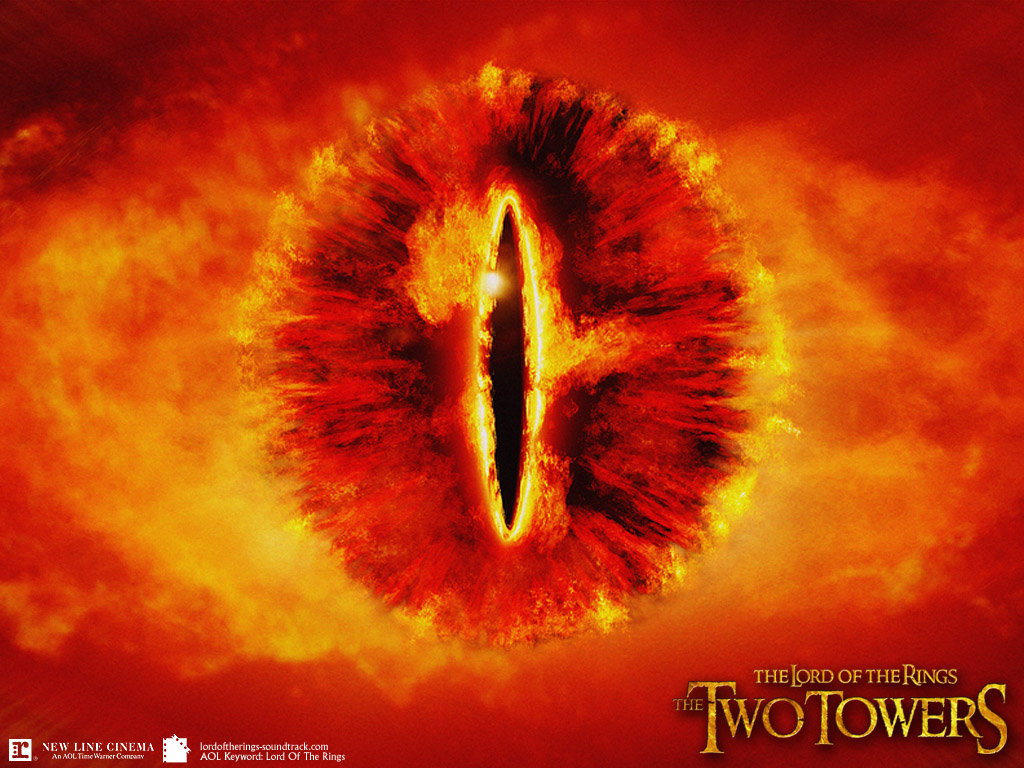

| Visitors Now: | |
| Total Visits: | |
| Total Stories: |

| Story Views | |
| Now: | |
| Last Hour: | |
| Last 24 Hours: | |
| Total: | |
Nebula Like The Eye Of Sauron From Lord Of The Rings Found
Despite the name, these ethereal objects have nothing at all to do with planets; this misnomer came about over a century ago, when the first astronomers to observe them only had small, poor-quality telescopes. Through these, the nebulae looked small, compact, and planet-like — and so were labeled as such.

When a star like the sun approaches the end of its life, it flings material out into space. Planetary nebulae are the intricate, glowing shells of dust and gas pushed outwards from such a star. At their centers lie the remnants of the original stars themselves — small, dense white dwarf stars.
In this image of ESO 456-67, it is possible to see the various layers of material expelled by the central star. Each appears in a different hue — red, orange, yellow, and green-tinted bands of gas are visible, with clear patches of space at the heart of the nebula. It is not fully understood how planetary nebulae form such a wide variety of shapes and structures; some appear to be spherical, some elliptical, others shoot material in waves from their polar regions, some look like hourglasses or figures of eight, and others resemble large, messy stellar explosions — to name but a few.
Eye of Sauron from the film Lord of the Rings, The Two Towers

Contacts and sources:
European Space Agency


